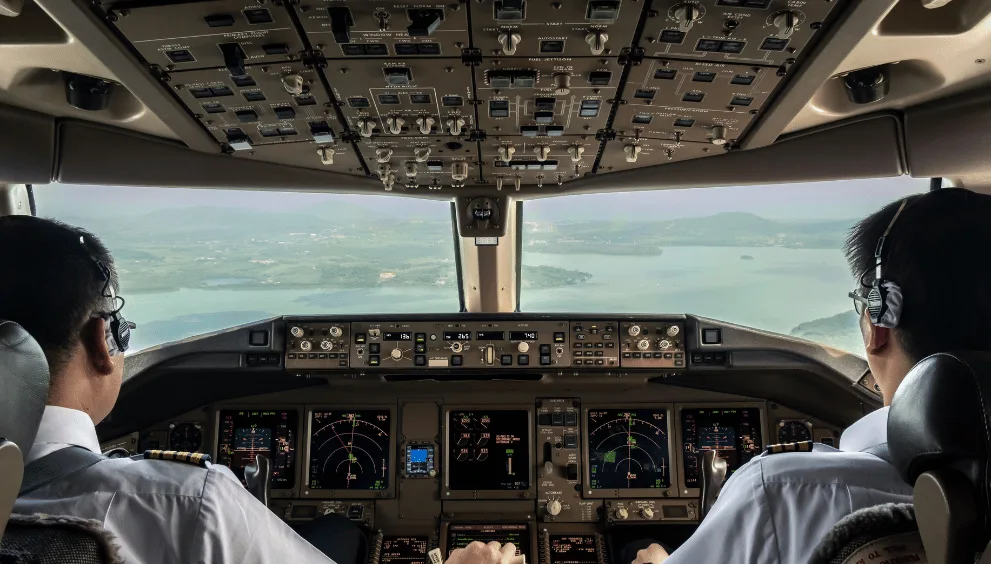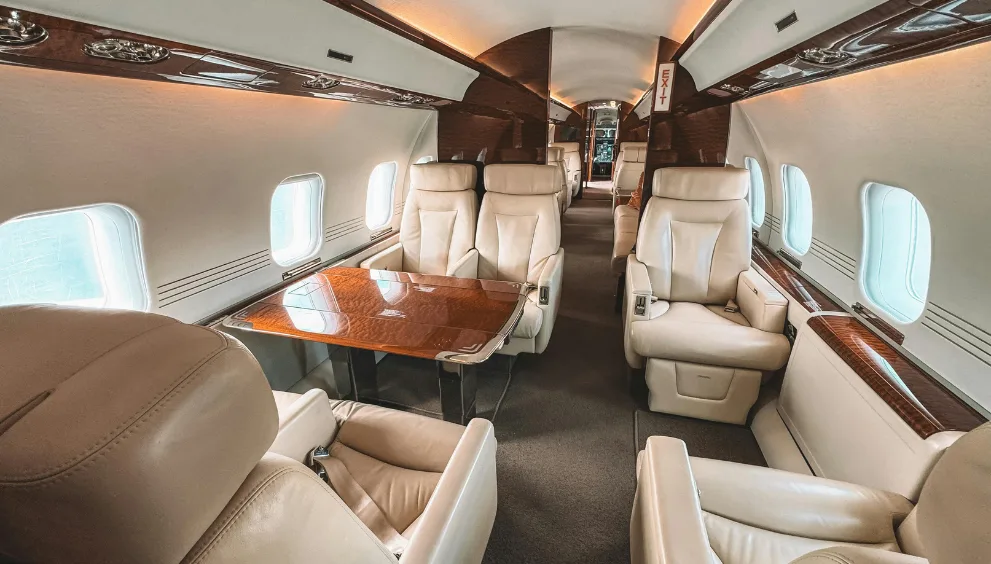What They Don’t Tell You About the $50M Lifestyle in the Skies

Welcome back, folks. I have a question for you. Don’t you hate flying? Long lines at check-in and immigration, painfully elaborate security checkpoints, uncomfortable seats, and restricted baggage. But that’s just for people like you and me. For the low, low price of $50 million, you can own your private jet. It isn’t just travel—it’s status, power, and ultimate freedom. Or at least, that’s how it’s sold.
But what they don’t tell you—the brokers, the glossy magazine features, and the glamorous YouTube videos- is that life at 40,000 feet comes with its kind of turbulence. And not all of it is caused by weather.
Mo’ Money, Mo’ Problems
Most people think that having your jet means you have the freedom to go anywhere and everywhere, which is only partly true. Sure, you could pick a country on the map and decide to fly there, but in reality, even the skies have plenty of red tape. Flight paths must be pre-approved. Landing slots and hangars at popular airports—like Aspen during high season—are booked out months in advance. International flights? They come with a stack of paperwork, customs clearances, and airspace negotiations.
Yes, you can jet to Paris for breakfast and be back by dinner. But every takeoff requires a team of people to make it happen: pilots, operations managers, ground crew, and flight planners. You’re not exactly free—you’re just at the top of a very expensive pyramid.
A $50 million jet is just your entry ticket. The real costs pile up after the purchase: maintenance, crew salaries, hangar fees, insurance, catering, fuel (especially when jet fuel prices spike). Remember, you’re still paying all of these every day, even if you don’t use the jet, so the only way to ensure you don’t waste your money is to use it as often as you can. Not to mention decorating and renovating an interior, which alone can cost millions.
Then there’s depreciation. Just like luxury cars, jets lose value. Very fast. And with newer, flashier models being released every few years, keeping up can feel more like a treadmill than a joyride.
There’s No Such Thing As ‘Off the Grid’
Privacy is a major selling point in the private aviation world. No paparazzi at the terminal, no nosy neighbors on the plane. But in today’s world, nothing is truly invisible. Jet tracking websites exist. Your flight data—takeoff times, destinations, even tail numbers—can be found with a few clicks.
That romantic escape or hush-hush business meeting in the Maldives? Not as discreet as you think. Remember how people were calling out Taylor Swift for her carbon emissions due to how much she used her private jet? Yeah, that might be you if you’re not careful.
Some billionaires go as far as creating shell companies to register their jets, or buying multiple aircraft just to rotate between them. Others pay for flight path obfuscation services. But the reality remains: even in the sky, someone’s always watching.
The Lifestyle Is Addictive—and Exhausting
Here’s the thing. You’re not always gonna be able to use your jet, even when you want to. And once you start flying private, it’s hard to go back. The convenience, the speed, the sheer indulgence of it all—it’s intoxicating. The world shrinks. But like all addictions, it comes with a cost. Your threshold for inconvenience drops.
Suddenly, even just a 15-minute wait starts to feel unreasonable. Commercial airports become unbearable. You start measuring success in runway access and cabin square footage. And when the high fades, when the next aircraft no longer excites, you’re left chasing a feeling that keeps getting harder and harder to reach.
The Verdict
None of this is to say that owning a $50 million jet isn’t extraordinary—it is. It offers a whole new level of autonomy, security, and luxury that’s hard to match. But beneath the glossy surface is a complex world filled with hidden obligations and overhead expenses we don’t always get to see. Owning a jet isn’t enough—you have to be prepared for everything that comes with it: the costs, the complications, and the constant coordination.







































































































































































































